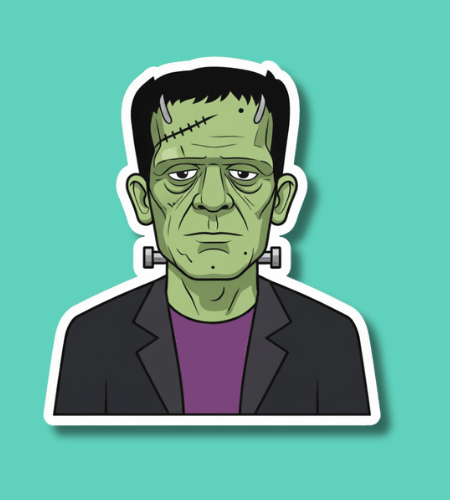Frankenstein Friday is observed on the last Friday in October each year. This fun unofficial observance celebrates the iconic story Frankenstein; or, The Modern Prometheus by Mary Shelley and its enduring influence in horror, literature, and popular culture.
Table of Contents
History of Frankenstein Friday
The tradition of Frankenstein Friday dates back to 1997, when Ryan MacCloskey of Westfield, New Jersey, created the day, choosing a Friday because of the alliteration and because it falls near Halloween, making it a perfect time to salute Frankenstein’s monster. Over time, listings such as Checkiday and NationalToday adopted the observance, noting that it happens “on the last Friday in October” and is “unofficial.” Though not a formally backed holiday, it taps into the fun of horror culture, literary heritage, and the seasonal atmosphere of autumn spookiness.
Why is Frankenstein Friday important?
Frankenstein Friday seems meaningful in how it invites us to revisit a story that’s more than a monster tale: it asks questions about creation, responsibility, isolation, and what it means to be human. The day gives us a moment to pause on themes that perhaps resonate even now — the ambition to “play god,” the consequences of neglecting what we create, and the yearning for connection in a world that often alienates. Celebrating the day means acknowledging that what seems like pure entertainment (a green creature, lightning bolts) has deeper roots.
On a personal level, Frankenstein Friday offers a bridge between the familiar fun of Halloween and the serious roots of literary Gothic. It reminds us that culture, myth, and storytelling evolve together. By giving attention to Mary Shelley’s tale, we allow ourselves to appreciate not just the “monster” but the story behind it — the author, her era, and the novel’s legacy. That creates a richer experience than a simple fright‑night.
Here are five thoughts on why the day matters:
- It encourages reading and reflection on a classic work rather than just watching the monster.
- It links literary history with popular culture in a fun seasonal way.
- It invites creativity: costumes, film‑viewing, themed parties become portals into deeper themes.
- It reminds us of the power of myth and how stories persist across generations.
- It offers a context for celebrating innovation, horror, and the unexpected in a respectful, mindful way.
How to Celebrate Frankenstein Friday
Observing Frankenstein Friday can be both fun and thoughtful. You might begin by revisiting the novel Frankenstein; or, The Modern Prometheus or watching one of its many film adaptations — pick either a classic black‑and‑white version or a modern take. Afterward, maybe host a small gathering (virtual or in‑person) with a costume twist or a themed snack and a brief discussion: what does Frankenstein mean to you? What fears or hopes does the story reveal?
Alternatively, you could turn your home into a little “lab” for the evening — green‑colored snacks, flickering lighting, maybe a playlist of atmospheric music, and invite friends or family to share their favorite monster moment or book that moved them. The goal is fun with depth: laughter, costumes, scares, and then some reflection.
Here are five simple ideas:
- Read a passage from Mary Shelley’s novel (or an adaptation) and talk about what you find most chilling or meaningful.
- Watch a horror/classic Frankenstein film and afterward share what kept you watching.
- Dress up as a Frankenstein‑themed character (monster, creator, lab assistant) and take photos or make a short video.
- Host a mini “mad scientist” themed snack hour: green drinks, quirky desserts, lightning bolt decorations.
- At the end of the night, ask each person, “What creation of mine might I neglect?” — tying the fun back to the story’s more profound meaning.
Subscribe to our newsletter and never miss a holiday again!

